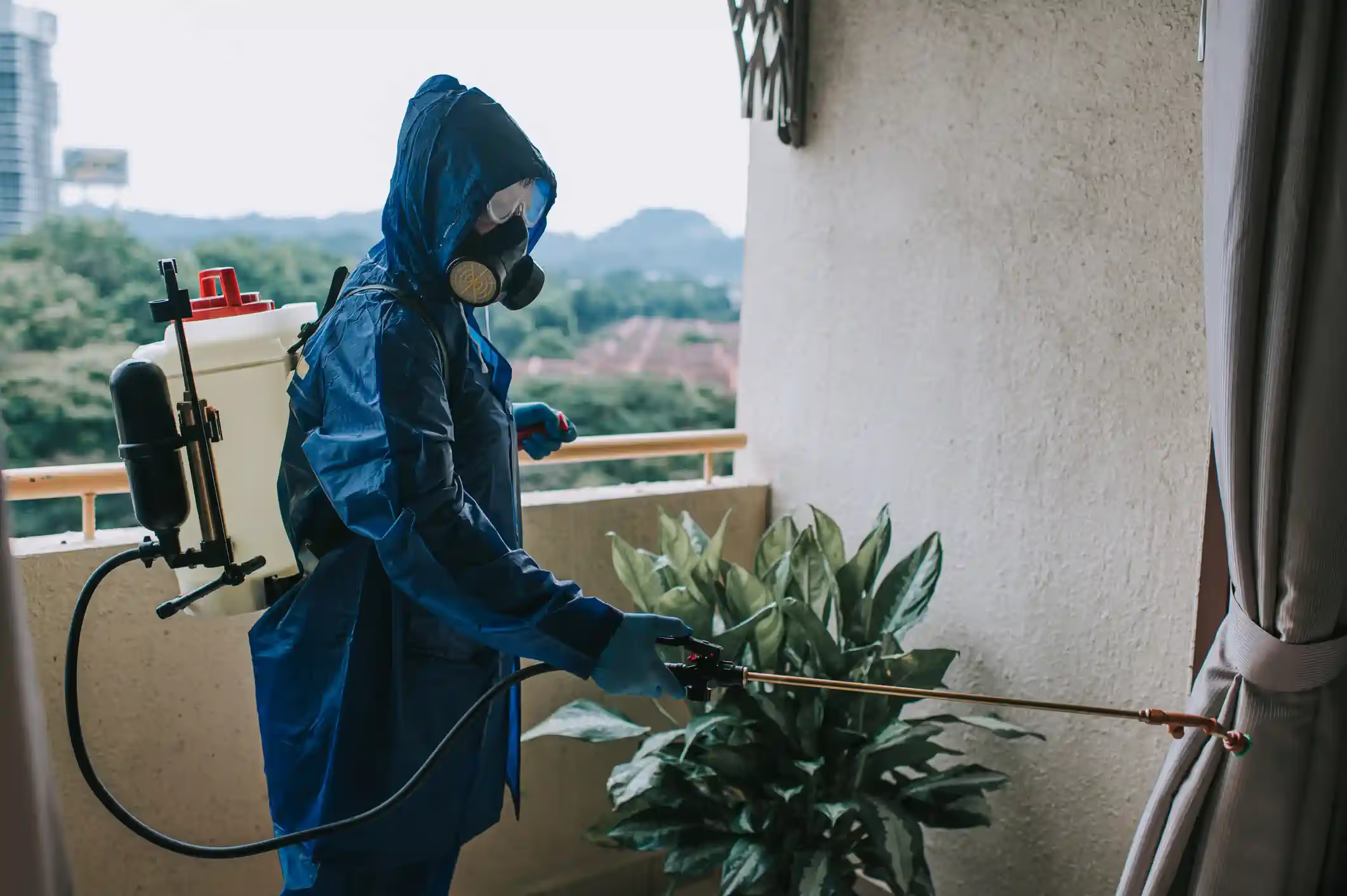

Tick Pest Control in Herty, TX
Effective tick pest control in Herty, TX. Spot On Pest Control, LLC delivers lasting outdoor results. Keep your yard safe. Schedule your service today!

Tick Pest Control in Herty, TX
Ticks are a year-round concern in Herty, TX because of the region's warm, humid climate, dense woodlands, and abundant wildlife. Effective tick pest control in Herty, TX by Spot On Pest Control, LLC. focuses on reducing tick habitat, targeted yard treatments, coordinating with pet and wildlife management, and following seasonal service plans that limit human and pet exposure. This page explains the common tick issues homeowners face in Herty, how professional services approach control safely and effectively, and practical monitoring and prevention you can use to keep your property lower risk.
Why tick control matters in Herty, TX
Herty sits in East Texas woodlands where deer, small mammals, and birds serve as hosts for multiple tick species, including Lone Star ticks, American dog ticks, and blacklegged ticks. High humidity and dense vegetation allow ticks to thrive in brush, leaf litter, and tall grass. Untreated yards increase the chance of tick encounters, tick-borne diseases, and nuisance infestations that affect family activities and pets. A focused, integrated tick pest control strategy by Spot On Pest Control, LLC. reduces these risks with locally appropriate solutions.

Common tick issues in Herty, TX homes
- Increased tick encounters along wooded edges and heavily shaded yards
- Pet-borne tick infestations brought indoors after walks or from yards
- Seasonal spikes in spring and early summer, with some activity in fall
- Tick presence near bird feeders, brush piles, and stacked wood
- Higher risk properties near deer trails, overgrown fence lines, or unmanaged lots
Types of professional tick services
Spot On Pest Control, LLC. provides multiple professional tick extermination options, including:
- Perimeter barrier treatments to reduce ticks entering activity zones
- Granular and liquid yard applications for targeted control of vegetation and leaf litter
- Host-targeted measures (tick tubes, bait stations) to reduce ticks on small mammals
- Habitat modification and landscape management recommendations
- Seasonal maintenance plans timed to local tick activity cycles
- Coordination advice for pet protection and wildlife management
How technicians diagnose and plan treatment
A correct plan begins with a property assessment. A technician from Spot On Pest Control, LLC. will:
- Inspect yard features: wooded edges, tall grass, mulch beds, stone walls, and brush piles
- Note wildlife signs: deer tracks, rodent runs, and bird feeder locations
- Identify high-use human and pet areas that need protection
- Determine tick species and seasonal activity patterns to time applications
From that assessment, a customized service plan is created that combines immediate knockdown treatments with habitat reduction and ongoing prevention.
Yard treatment methods explained
- Perimeter barrier sprays: Applied along the lawn-woods interface and around play areas. Barrier sprays create a treated zone that reduces ticks migrating into active spaces. Applications are scheduled based on seasonality for maximum effect.
- Granular applications: Granules are spread in leaf litter, around foundations, and beneath hedges where ticks quest. Granular products provide extended residual control in dry environments.
- Liquid spot treatments: Applied to brush piles, ornamental beds, and shaded turf where ticks concentrate. Spot treatments limit chemical use to problem areas.
- Host-targeted devices: Tick tubes or bait stations treat small mammals like mice that carry immature ticks. These devices reduce local tick reproduction without broad spraying.
- Non-chemical options: Mechanical removal of habitat, targeted mowing, and creating dry, sunny buffer zones can significantly lower tick populations without pesticides.
Coordinating with wildlife and pet management
- Deer control and exclusion: Deer are major carriers of adult ticks. Fencing, deer-resistant landscaping, and removing attractants (like certain bird feeders) reduce deer visitation to yards.
- Rodent management: Mice and rats host tick larvae and nymphs. Removing rodent habitat—brush piles, rock walls, and ground-level debris—reduces tick reproduction.
- Pet protection: Tick pest control must be coordinated with ongoing pet tick prevention from a veterinarian. Home treatments reduce yard pressure, but topical or oral pet preventives remain essential to protect dogs and cats.
- Integrated approach: Combining landscape modification, wildlife management, and pet protection produces longer-lasting reduction than any single tactic.
Seasonal service plans for Herty climate
- Early spring (pre-peak): Apply proactive perimeter treatments and clear leaf litter. This reduces the spring uptick in nymph activity.
- Late spring to summer (peak activity): Increase monitoring and schedule maintenance treatments. Address shaded areas and pet play zones frequently.
- Fall: Treat before cooler weather when some species have another activity peak. Remove garden debris and continue host-targeted measures.
- Winter: Inspect and plan. While tick activity drops during cold snaps, Herty’s mild winters can still allow low-level activity; winter cleanup helps the following season.
Safety considerations and best practices
Spot On Pest Control, LLC. prioritizes safety by ensuring that:
- Professional application: Licensed technicians follow label directions, use correct dilution rates, and select products suited to residential settings. This minimizes risk and maximizes efficacy.
- Buffer zones and timing: Treatments are focused on yard perimeters and shaded habitats rather than widespread blanket spraying. Re-entry times and precautions for children, pets, and gardens are observed according to product labels.
- Low-impact options: When requested, technicians can emphasize mechanical habitat reduction, host-targeted devices, and selective applications to limit pesticide use.
- Transparency: A clear service plan explains what is applied, where, and why, including safety steps and post-service care.
Monitoring and homeowner prevention checklist
- Regularly mow lawn and trim vegetation to reduce leaf litter and humidity near the ground
- Create a 3 to 6 foot stone or gravel barrier between lawn and woods to reduce tick migration
- Store firewood away from the house and off the ground to deter rodents and ticks
- Keep playgrounds and seating areas in sunny, well-drained parts of the yard
- Remove bird seed and pet food from the yard to reduce rodent and deer attraction
- Check pets and family members after outdoor activities; use tick drag cloths or visual inspections for monitoring
- Maintain coordinated pet tick prevention through your veterinarian
The benefits of an integrated tick control plan
A carefully designed tick pest control plan for Herty, TX reduces human and pet exposure, minimizes the likelihood of tick-borne illness, and preserves outdoor enjoyment. Integration of habitat modification, targeted treatments, wildlife coordination, and seasonal follow-up provides persistent reduction with responsible pesticide use. For homes near wooded areas or with high wildlife activity, a professional, locally tailored approach delivers the most reliable protection.
Regular maintenance, combined with homeowner actions, keeps properties safer across seasons. In Herty’s humid, wildlife-rich environment, suppression is an ongoing effort, but a focused, science-based strategy can significantly lower risk and restore confidence in outdoor living spaces.
Call Spot On Pest Control, LLC. Today
Don’t let ticks take over your yard or put your family at risk. Protect your property with trusted tick pest control in Herty, TX. Contact Spot On Pest Control, LLC. now to schedule your inspection and start your customized tick control plan!
Our Services
Our pest control services cover ants, termites, bed bugs, rodents, mosquitoes, and other common pests, with customized solutions for both residential and commercial properties.
.png)



